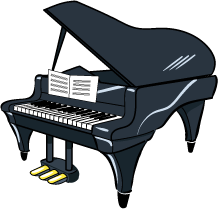Creative and Critical Thinking: What If?
Creative and Critical Thinking
Style
|
Learning Target(s):
|
To describe style, it is necessary to explain the techniques the writer has used, and describe how he or she has created a particular voice and given the work a particular tone. Consider the children's rhyme Humpty Dumpty.
Humpty Dumpty sat on the wall
Humpty Dumpty had a great fall
All the king's horses, and all the king's men
Couldn't put Humpty together again
A person might explain the style of the nursery rhyme Humpty Dumpty as follows:
"The writer's use of rhythmic language and end rhyme creates a cheerful, playful tone. The simple words and short line lengths create a childlike voice that is interestingly at odds with the literal events - the main character's tragic death by falling off a wall."
Style, then, is the result of the author's choice of diction, figurative language, and sentence structure.
| One of the hallmarks of a mature writer is control of style. The most proficient writers can write in a variety of styles, just as a skilled piano player can play a Mozart piano concerto in the manner of the late eighteenth century, then play a Fats Waller jazz piece, and do both effectively. Style for a pianist involves a great deal more than simply hitting the right notes; likewise, style for a writer is more than simply arranging words into statements. Style should be consistent throughout a piece; inconsistencies indicate lack of control or, at least, lack of awareness of style. |  |
Copyright 2010, Open School BC